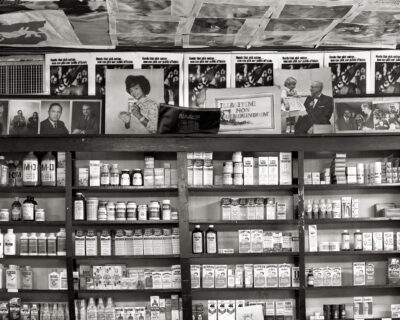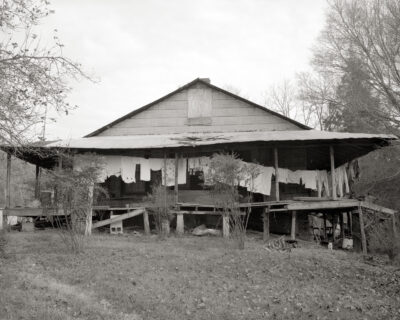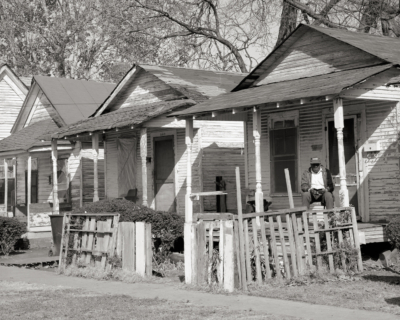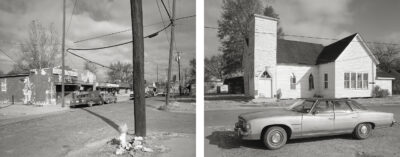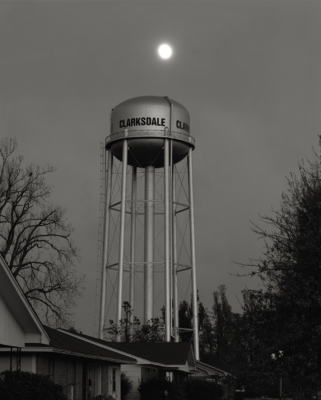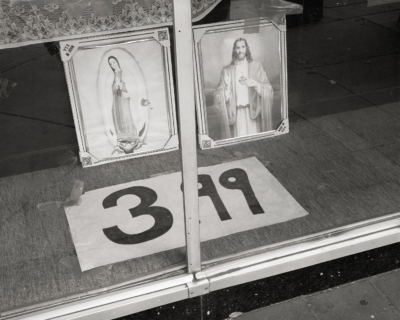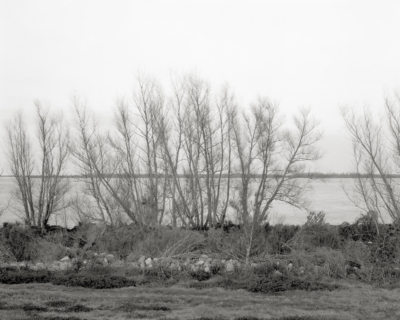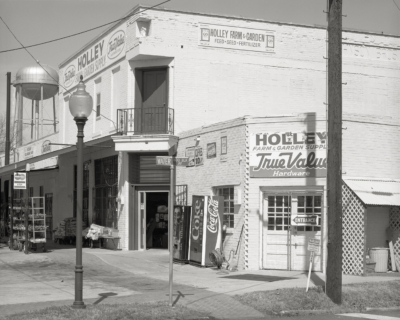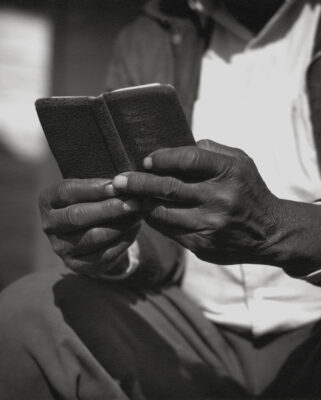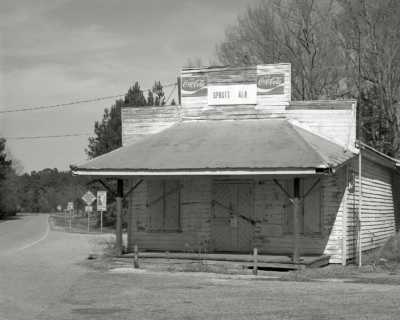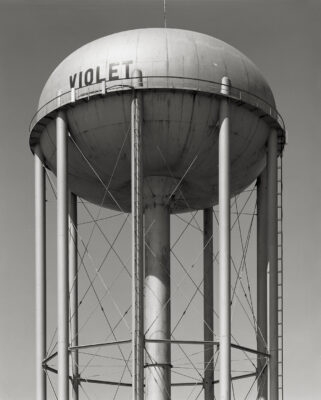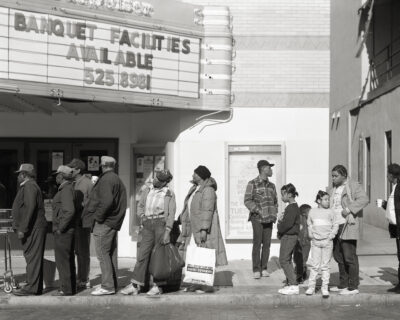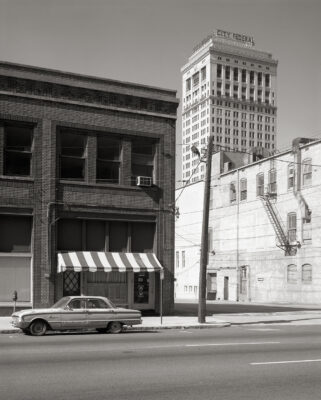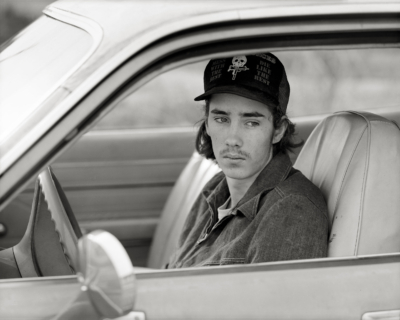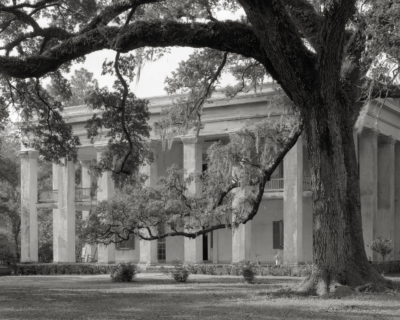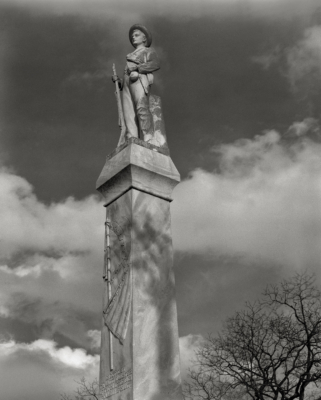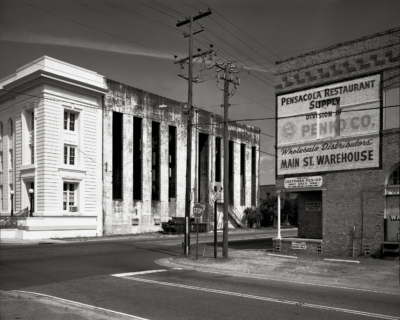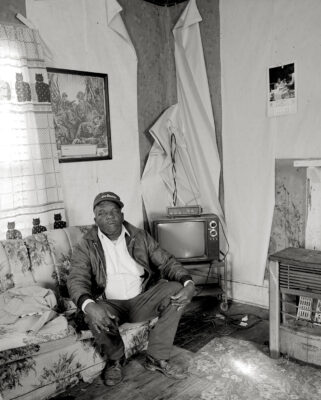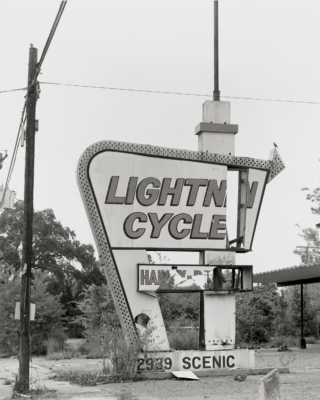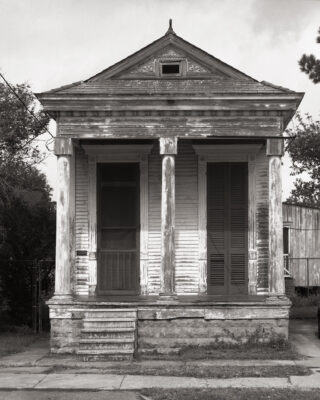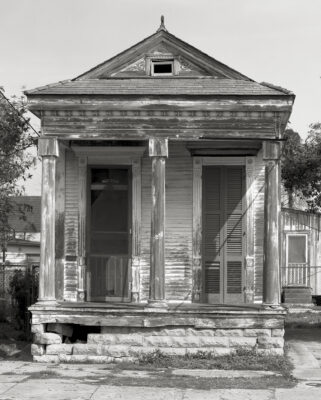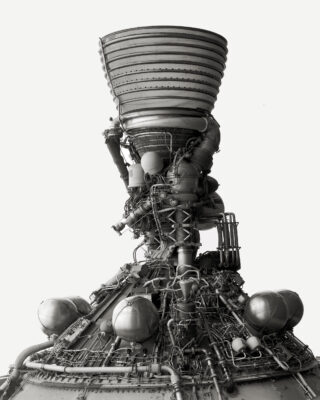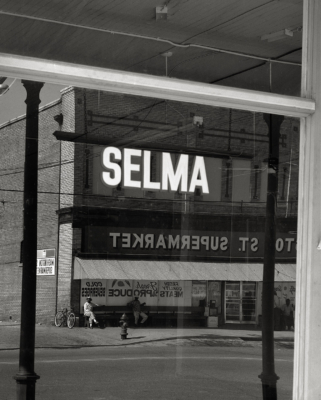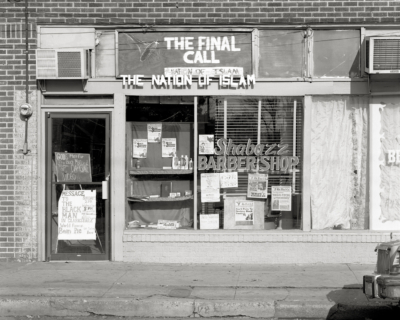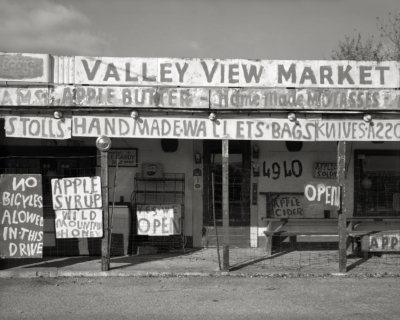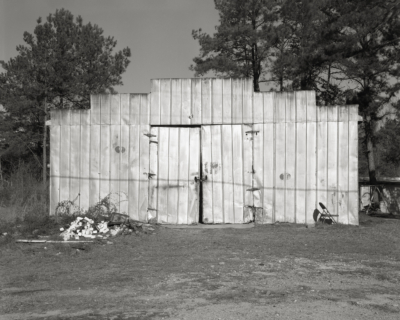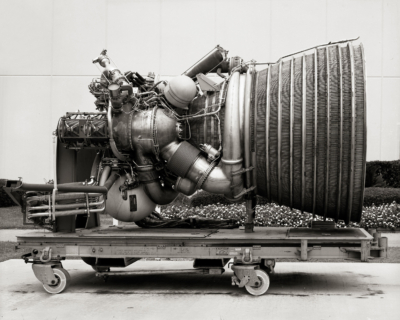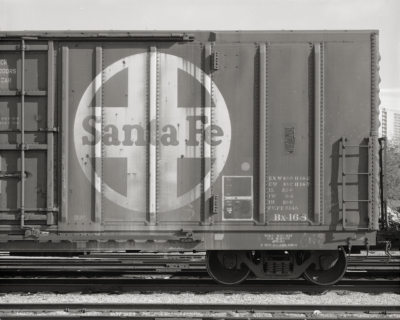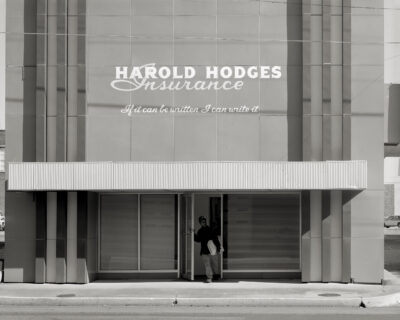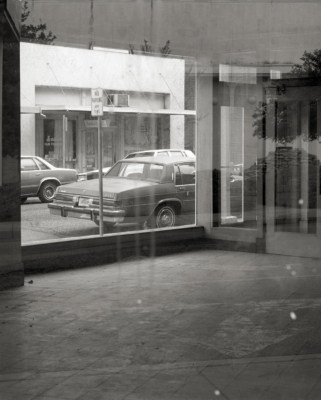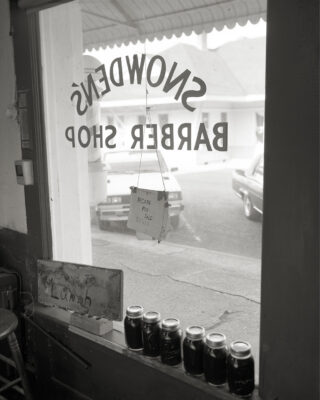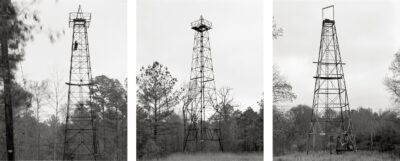Southern Ways
Part One of Southern Trilogy. A journey in the American South.
Two years after my arrival in the US, I embarked on a set of travels across the South, partly inspired by William Least Heat Moon’s “Blue Highways” and the works of Walker Evans. At that time, the country was enduring an economic recession and soldiers were returning home from the Gulf War. Built on these inspirations, Southern Ways, photographed mostly during the first journey (1991) along the Deep South’s rural roads and communities, is a reflection of initial impressions of my newly adopted country. Other travels followed in subsequent years, culminating in a six month long road trip beginning in the fall of 1995 till the following spring. I kept a daily journal of my observations and encounters, some excerpts can be found here in the text section of each project of the Trilogy.

Northern Alabama, 1993
Saturday, November 23, 1991, Indianola, Mississippi
Besides being BB Kings hometown, I didn’t know what else to expect from Indianola. I thought an hour would be fine here and then move on north to the impoverished counties of the Delta.
I washed up at Burger King, ordered a hot chocolate and asked the girl at the counter where to look for anything on BB and the blues. Well, downtown of course. Walking down Church Street and crossing the tracks, something suddenly changed. The street became less maintained and broken bottles and beer cans were littered near boarded up juke joints, pool halls and battered shacks. I met Bobby Joe in front of the liquor store there. He is a big young man who recently returned from the Gulf War. I got in my camper with Bobby Joe and we drove to see BB King Park, a painted Lucille on the sidewalk and Club Ebony where BB King has his start, on Hanna Street. Mary Sheppard owns Club Ebony and talked forever about BB King and his guitar Lucille. She invited for the Class of ’61 reunion, held here tonight. A local paper, The Enterprise, got word of my presence in Indianola and Jim Abbott sent over a photographer to cover the story.

I felt I owed Bobby Joe something for his introduction to all these people and sights, so I wanted to treat him for lunch wherever he wanted. He took us to the 7-Eleven, where all the black folk go. Bobby was a bit wary to go to a real restaurant in the better part of town because that’s where white people eat and it wouldn’t be a good idea, he thought, to show up there with a white friend. I could not convince him to go anyway, a good idea or not. But, Mary Sheppard made great catfish platters and we went back to Club Ebony. At the end, Bobby preferred ten bucks above a good meal. Bobby’s introductions weren’t over yet and I went on to meet his parents. His sister came home, surprisingly, she was the Burger King girl from this morning! She was sixteen and her mother took care of her little girl.

I tried to take a nap in the car on the Burger King parking lot but it was rather cold. I phoned Ellen to tell her about my day.
Back at Club Ebony, around 8pm, the reunion was in full swing and Mary introduced me to the crowd. Bobby Joe didn’t show up till very late but I had a grand time with two women who were sitting at my table. One of them dragged me onto the dancing floor. I danced too fast and she politely pointed that out to me. I tried to move slower, not sure if I was successful with that but I must have been quite a sight to them all, being the only white soul in the house. Later, the conversation with Mary was about the tracks that split Southern towns in two, in black and white. She made me another catfish sandwich. By night’s end, Bobby Joe and I left together to the family house. He let me sleep in his room while he was off to his lady. It was a very cold night and I was glad to sleep in a real bedroom since a while.
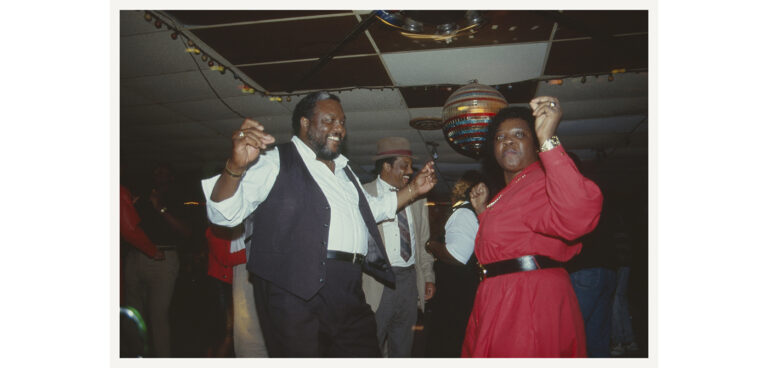
Tuesday, November 26, 1991, Friar’s Point, MS
I knew that this had to be the last day in Clarksdale, I was getting too much behind schedule. But every time I hit the streets of Clarksdale, the town grabbed me in its grip.
By morning, I drove along the train tracks where I had noticed several shabby and worn houses, some leaning. Two young boys in winter coats, probably twins, were leaving their home for the waiting school bus. Another house had no glass windows but clear sheets of plastic instead.
Claude’s drugstore on Fourth Street also functioned as the local NAACP office, the interior practically untouched since the sixties, frozen in time. Up in the back corner were three posters of portraits of James Chaney, Andrew Goodman and Michael Schwerner, the freedom riders that were killed in 1964. I spent two hours there photographing.
Behind the drugstore on Yazoo Ave, there were more houses in bad shape and in one of them lived Robert Lee Harris, the Preacher. He saw me with my large camera when he walked towards his house hauling a bucket of water. He told me he had no running water, no plumbing in his place. He let me photograph him inside and outside on the porch while he read I from a little book of Psalms and Proverbs. I could hardly understand him, in his heavy Southern draw, barely speaking words. I recorded his voice too while photographing him on that porch.
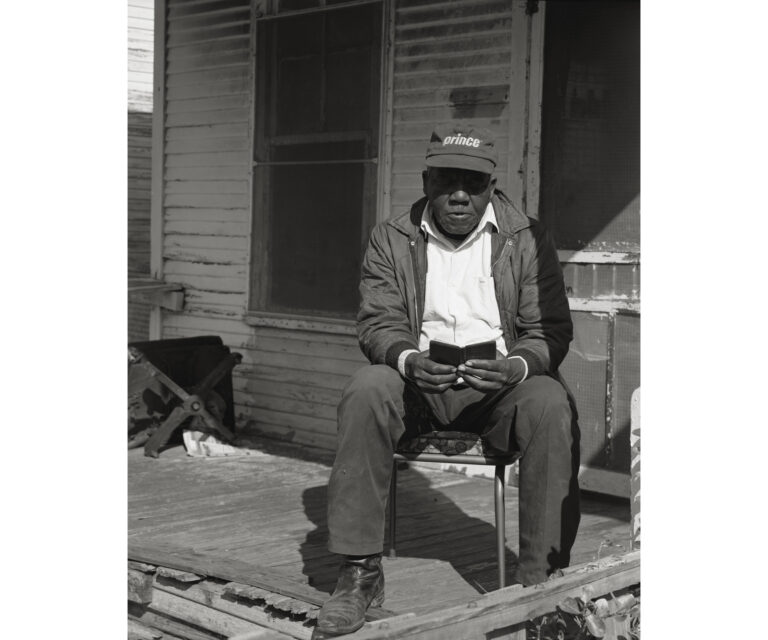
I could be spending more days in Clarksdale’s black neighborhood but the trip was becoming much longer than I had planned for. Again, I had to move on and if I didn’t leave now, Clarksdale would keep me here.
In the evening, I headed out of town to Friar’s Point, a village on the banks of the Mississippi River. I was passing through Clarksdale’s west side where the houses were nicer, made of brick, with well-kept front lawns, one with a large RV parked under a dedicated roof.
In Friar’s Point, I drove up the levee to see the day end over the Big Muddy, the same river I crossed in New Orleans one month ago.
____________________
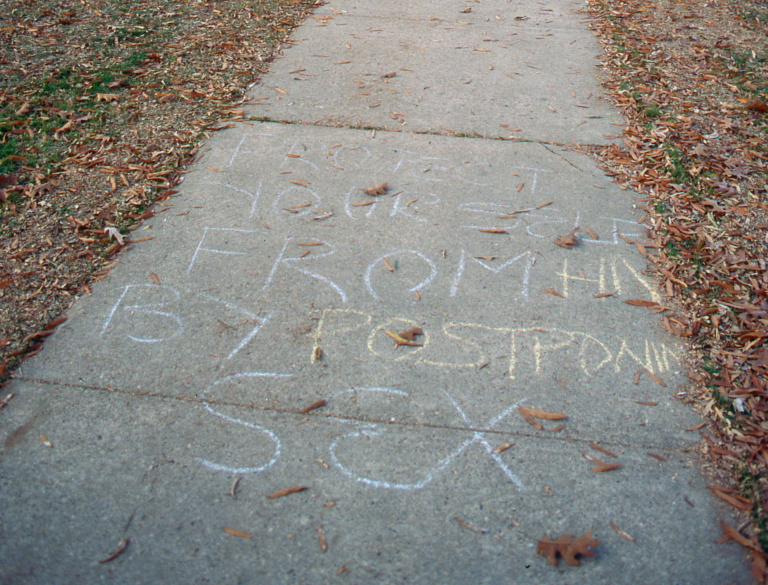
On the campus of Ole Miss, Oxford, Mississippi, 1995
Thursday, December 19, 1991, Lebanon, Pennsylvania
Five days before Christmas Eve. Phil Collins crooned “One more night” at Hardees. I had come in to warm up and write a bit.
Dawn Lamont is in twelfth grade and works four days a week at Hardees from 4 to 9.30pm. I asked myself why she had to work here, during a a week of school. In my country, there was no such thing as working during a year of school, but we had summer jobs, most of us did. My travels would come to an end soon and I had seen a different side of America than the one portrayed as the American dream.
Dawn swept the floor under my table and apologized for interrupting me while I was writing in my journal. Was I going to mention her in my journal? She wanted to know.

Ninety-Six, South Carolina, 1991
____________________

